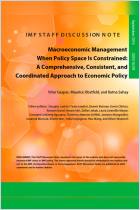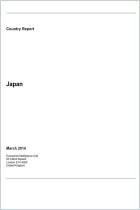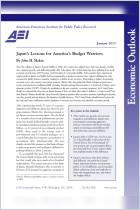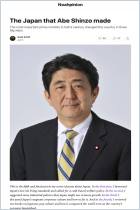
Read or listen offline
Amazon KindleRecommendation
After a long boom that catapulted Japan’s economy to new heights, a speculative real estate and stock market bubble imploded in the early 1990s, leaving the economy moribund ever since. Despite some initial short-run success with Abenomics – Prime Minister Shinzō Abe’s “three arrows” of monetary, fiscal and structural reforms – the Japanese economy is once again mired in low growth. Specialists at the International Monetary Fund propose a modified “three arrows plus” policy that adds another arrow – an incomes policy – to the Abenomics quiver. With much of the global economy experiencing low growth, government leaders will scrutinize Japan’s attempts to energize its economy. getAbstract recommends this erudite report to business executives, investment professionals and policy makers.
Summary
About the Authors
The International Monetary Fund advises member nations on policy issues and works to promote economic stability and well-being.


















Comment on this summary